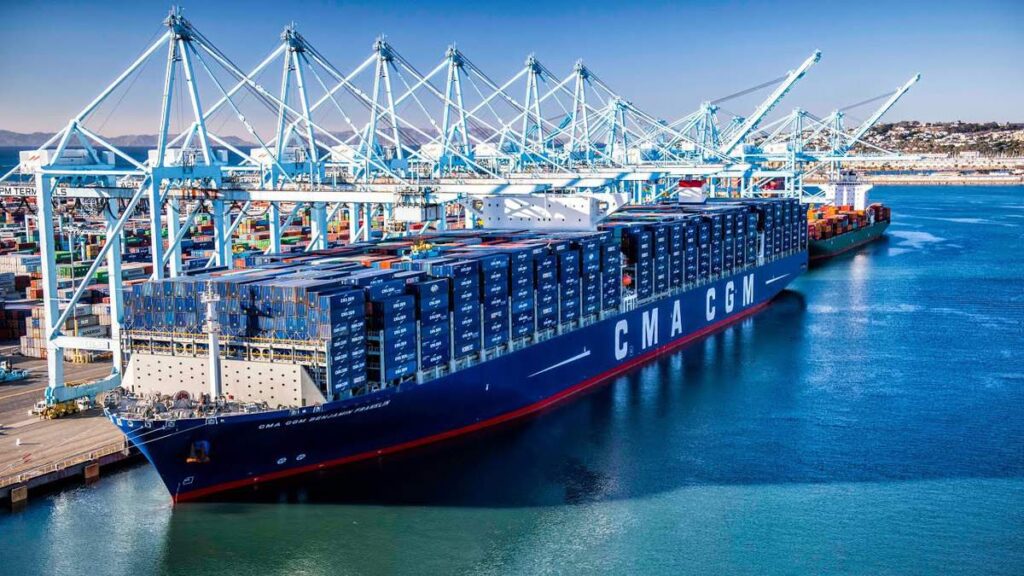UNCLOS is an acronym for the United Nations Convention of the Law of the Sea, sometimes called the Law of the Sea Convention or the Law of the Sea Treaty.
As an international law of the sea, UNCLOS came into operation and became effective on 16 November 1982. It defines maritime zones. The convention has many provisions regulating and controlling nations’ functioning and claims on the world’s oceans and seas.
Its legal framework and regulations are essential for maritime activities.
However, such a proposal was first announced before the United Nations in 1973. Over nine years, with representations from over 160 countries, UNCLOS came into existence.
Background
Before the nautical law of UNCLOS came into force, there existed a school of thought known as freedom of the seas. This doctrine first came into operation in the 17th century.
Under this law, no limits or boundaries were set for marine business and commercial activities.
Over the years and centuries, a problem emerged as technology developed and the needs of people worldwide grew.
Over-exploitation of the sea’s resources was immensely felt towards the middle of the 20th century, and many nations started feeling the need to protect their marine resources.
Starting with the United States in 1945, many countries brought the natural resources found on their oceans’ continental shelves under their jurisdiction.
The UNCLOS defines the territorial sea as the 12-nautical mile area from the low-waterline along the coast. The coastal states’ sovereignty spans the territorial sea, seafloor, and subsoil.
Article 56 of UNCLOS defines parameters for establishing a nation’s exclusive economic zone (EEZ), which extends 200 nautical miles from its coastline. The article offers sovereign rights for exploration, conservation, resource exploitation and resource management of living and non-living natural resources.
Article 76 is crucial as it defines a country’s continental shelf as the seabed and subsoil of its submarine regions that extend beyond its territorial sea throughout the natural spread of the land topography to the outer limits of the continental shelf or 200 nautical miles. However, these parameters have given rise to disputes in semi-enclosed regions.
UNCLOS also outlines the duties and responsibilities of Flag States. Some countries that exercised this power were Argentina, Canada, Indonesia, Chile, Peru, Norway, Ecuador, and even Saudi Arabia, Egypt, Ethiopia, and Venezuela.
Since the use of marine reserves rose even more in the 1960s and missile launch pads also started being based in the oceanic bed, it became imperative that a specific regulation be placed to ensure proper protection and jurisdiction of marine reserves.
In 1967, the Third United Nations Conference on the Law of the Sea was convened. At this conference, the UN ambassador from Malta, Mr Arvid Pardo, requested a legal power that could bring about international governance over the oceanic floor and bed.
Such a legal power would also ensure that there would not be any problems between various countries over the oceanic floor and bed space.
In a significant way, UNCLOS III paved the way for the now-existing maritime law.

The features and highlights of the same can be explained as follows:
- UNCLOS, as the currently prevailing law of the sea, is ultimately binding.
- Even though the name of the nautical law suggests a United Nations involvement, the UN does not have any major functional role in the workings of UNCLOS.
- There are 17 parts, 320 articles and nine annexes to UNCLOS.
- The sea law provides full money rights to nations for a 200-mile zone by their shoreline. The sea and oceanic bed extending this area is regarded as an Exclusive Economic Zone (EEZ), and any country can use these waters for its economic utilisation.
- The IMO (International Maritime Organization) plays a vital role in UNCLOS’s operation. Along with the IMO, organisations like the International Whaling Commission and the International Seabed Authority are vital parties in the functional areas of nautical law.
Even though UNCLOS has 160 member parties, the US has still not sanctioned (ratified) the nautical law. The main reason for the US not approving the sea law is its disagreement about Part XI of UNCLOS.
This part deals with the minerals found on the seabed in the EEZ. The International Seabed Authority was established based on this part of nautical law and called for equitable distribution of the proceeds of such seabeds.
The US is opposed to this theory, which is why it has not ratified UNCLOS despite being one of the most important members of the United Nations.
UNCLOS also contains specific provisions for protecting the marine environment and preventing pollution from the marine environment, the world’s oceans, and high seas by pollutants and practices like overfishing or deep seabed mining.
It also mentions the freedom of the high seas, especially the freedom of scientific research and easy passage of merchant vessels.
With the help of a maritime law like UNCLOS, it can be said that marine resources can be protected and safeguarded, especially in contemporary times where the need for marine resources’ protection has increased even more during the 1960s and 70s.
Source: Marine Insight



